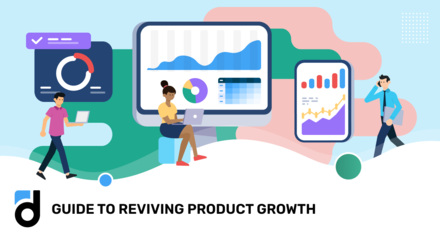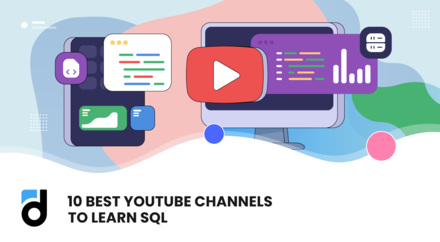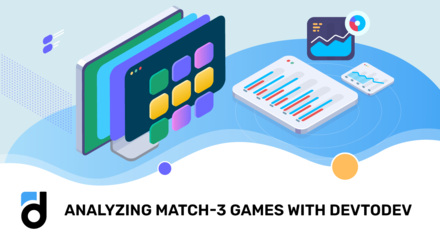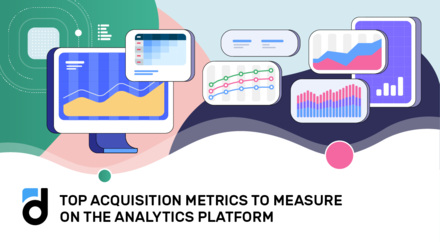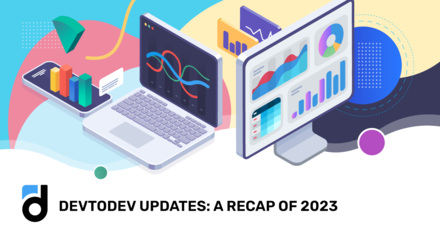In the world of app monetization, advertising plays a significant role in generating revenue for developers. To make the most of this revenue stream, it's crucial to understand and optimize various ad metrics.
In this article, we'll explore key ad metrics such as impression, engagement, and ad revenue metrics with focus on eCPM (effective Cost per Thousand Impressions).
Read our free ebook on monetization metrics
Impression Metrics
Impressions are the total number of completed ad views provided by an ad network. However, it's essential to note that revenue is earned only from completed ad views, not from non-complete ones. To better gauge ad performance and user engagement, several derived metrics are used:
-
Ad Impressions per Session. This is the average number of ad impressions served to users during a single app session, providing insights into user engagement during a session.
-
Ad Impressions per DAU. It indicates the average number of ad impressions seen by a user who interacts with the app on a daily basis, giving an idea of daily ad exposure.
-
Lifetime Ad Impressions per User. This metric reflects the total number of ad impressions a user accumulates throughout their lifetime within the app, indicating long-term engagement.
Another basic ad metric from this group is Display rate. Display rate measures the proportion of ads viewed until the end of the total played ads. To boost ad revenue, developers must work towards maximizing this metric. Motivating users to watch ads until the end is key to achieving this goal, as it leads to increased engagement and better conversion rates.
Read more: How to Launch a Promo Campaign and Increase Product Revenue
Engagement metrics
Engagement is a crucial factor when it comes to ad revenue. Engaged users are those who watch the entire ad, and measuring Daily engaged users (DEU) helps understand the daily number of users who watch ads. The Impressions/DEU ratio provides insight into the average number of ad impressions served to each user watching ads.
Engagement rate, which is the percentage of users who watch ads, can be broken down further:
-
Engagement rate per Lifetime. It represents the percentage of users who have watched ads at least once during their time using the app.
-
Engagement rate per DAU. It reflects the percentage of users who watch ads daily.
-
Engagement rate per Session. The metric shows the percentage of users who watch ads each time they open the app.
Clicks is another engagement metric. It refers to the number of times users interact with displayed ads. A crucial derived metric is the CTR (Click-Through Rate). This metric determines how many users click on the ad, divided by the number of impressions of this ad.
Read more: Top 12 User Engagement Metrics for Mobile Apps
Ad Revenue Metrics
Ad revenue is the total revenue earned from displaying ads. Ad ARPU (Average Revenue Per Active User) provides insights into the average revenue generated per user, measured daily, monthly, or over any other period (ad ARPDAU, ad ARPMAU, etc).
However, the most critical qualitative metric in ad monetization is eCPM. It quantifies the revenue earned for every 1,000 ad impressions. eCPM varies depending on several factors, such as the game's audience, audience quality, platform, country, and ad placement. Additionally, the type of ad greatly impacts eCPM.
For instance, mid-2023 eCPM data on banner ads and rewarded videos showed a substantial disparity. eCPM ranged from 42 cents per 1,000 banner ad impressions to an impressive $17.84 per rewarded video impression served to US users. To earn the same revenue from 1,000 ad impressions served to US users through banner ads, developers would need to display as many as 40,000+ banner ads!
Example:
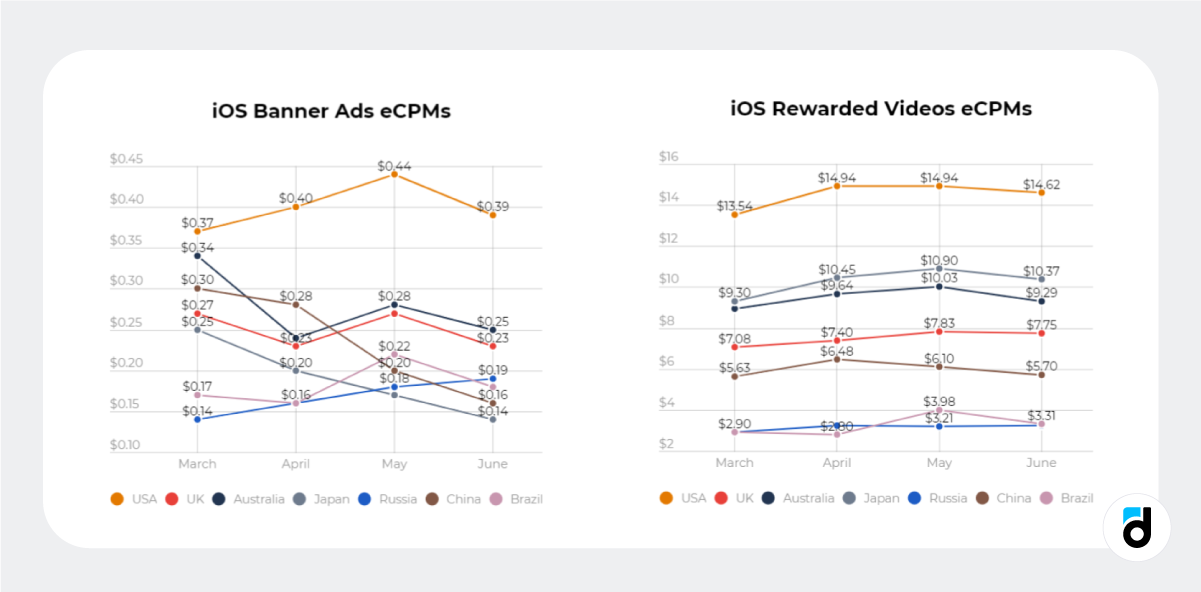
Read more: Cost per Install (CPI) in Mobile Games
Understanding the nature of eCPM is essential to optimizing ad revenue. It helps developers grasp the complexities of this crucial metric and devise strategies to influence it positively.
By viewing advertising from a different perspective, developers can unlock the secrets to maximizing ad revenue. Instead of merely showing ads to as many users as possible, the focus should be on engaging the right users who are genuinely interested in the ads. Encouraging them to take action, such as visiting the app store or installing the app, leads to higher revenue.
The more users have the potential to pay and generate profits for advertisers, the more willing advertisers are to pay higher eCPMs. As a result, users from developed countries, like the US, tend to have a higher eCPM due to their greater revenue-generating potential.
Read more: How to Identify and Re-Engage Churned Users
eCPM Decay: The Impact of Ad Impressions
Contrary to common belief, more ad impressions served to the same user does not lead to higher ad revenue. eCPM decay is a phenomenon where revenue decreases with each subsequent ad impression served to the same user per day. Users are more likely to click on the first ad impression they see in a day, resulting in a higher eCPM for that initial impression. As subsequent ads are displayed, user engagement may decline, leading to lower conversion rates and, consequently, a lower eCPM for subsequent impressions.
To combat eCPM decay, developers should focus on optimizing user engagement and encouraging meaningful interactions with ads to maintain higher conversion rates and preserve ad revenue.
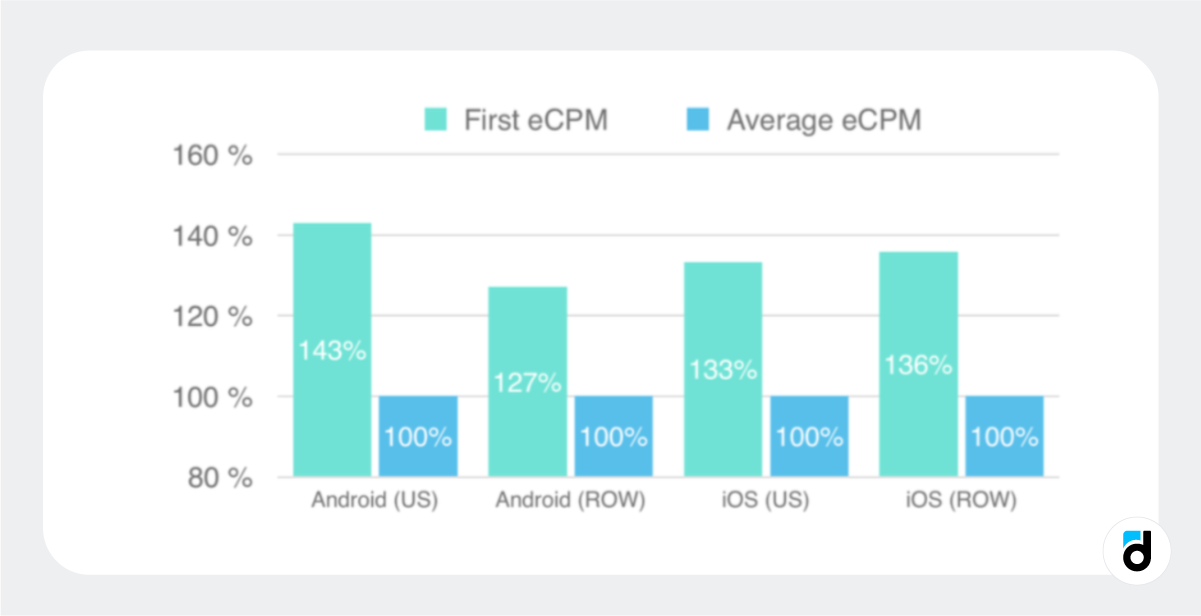
Optimizing eCPM and Maximizing Revenue
To maximize ad revenue, you must focus on optimizing eCPM. This involves enhancing user engagement to ensure users watch ads until the end and take the desired action after clicking on the ad.
By understanding the nature of eCPM and the factors influencing it, you can tailor your ad strategies to attract engaged users from higher-revenue regions. Targeting users who have the potential to generate more revenue can significantly impact eCPM and, consequently, ad revenue.
In conclusion, a comprehensive understanding of ad metrics and user engagement is vital for successful app monetization. By analyzing and optimizing metrics like eCPM, developers can create effective ad strategies that generate higher revenue and create a win-win situation for both users and advertisers.










